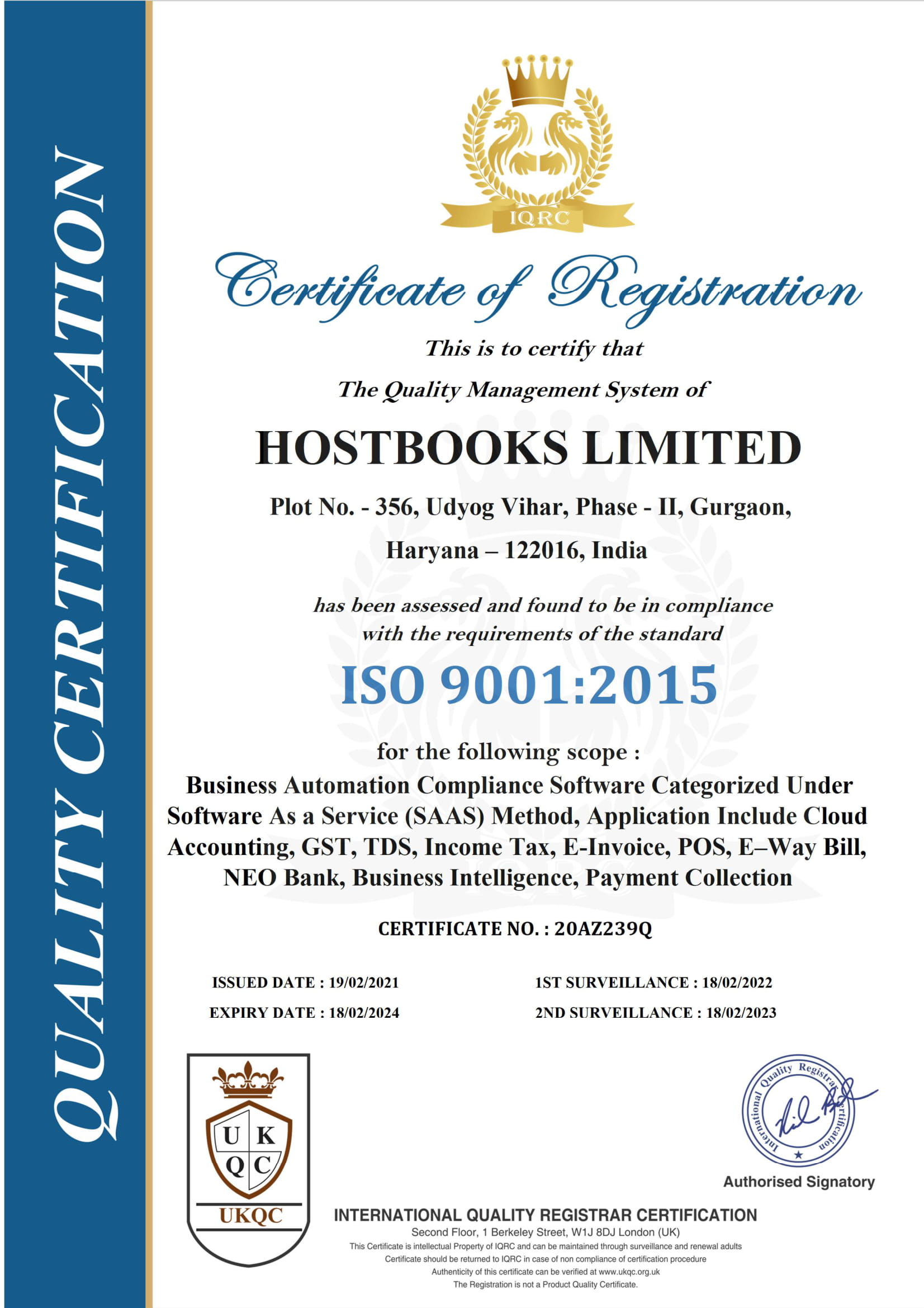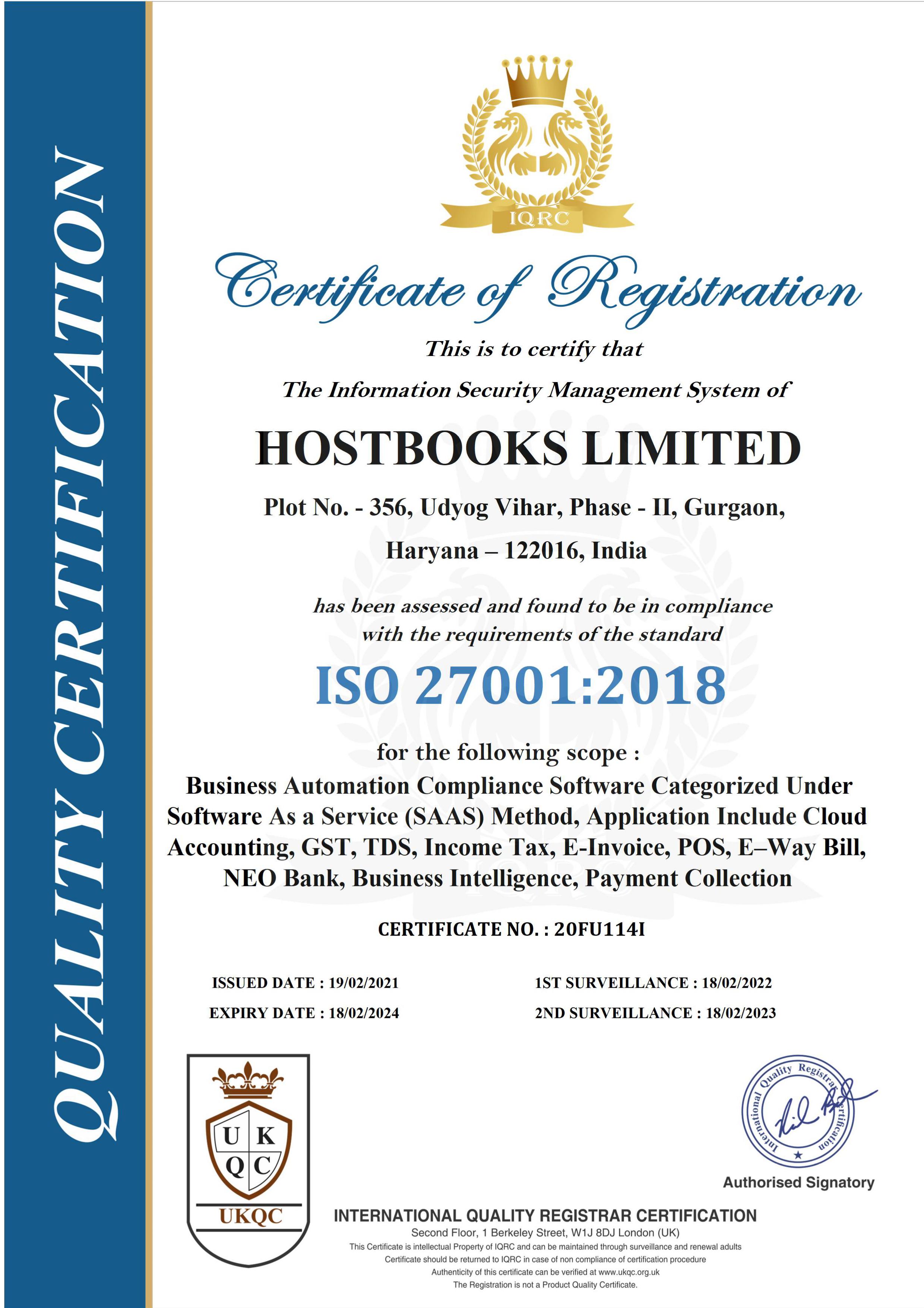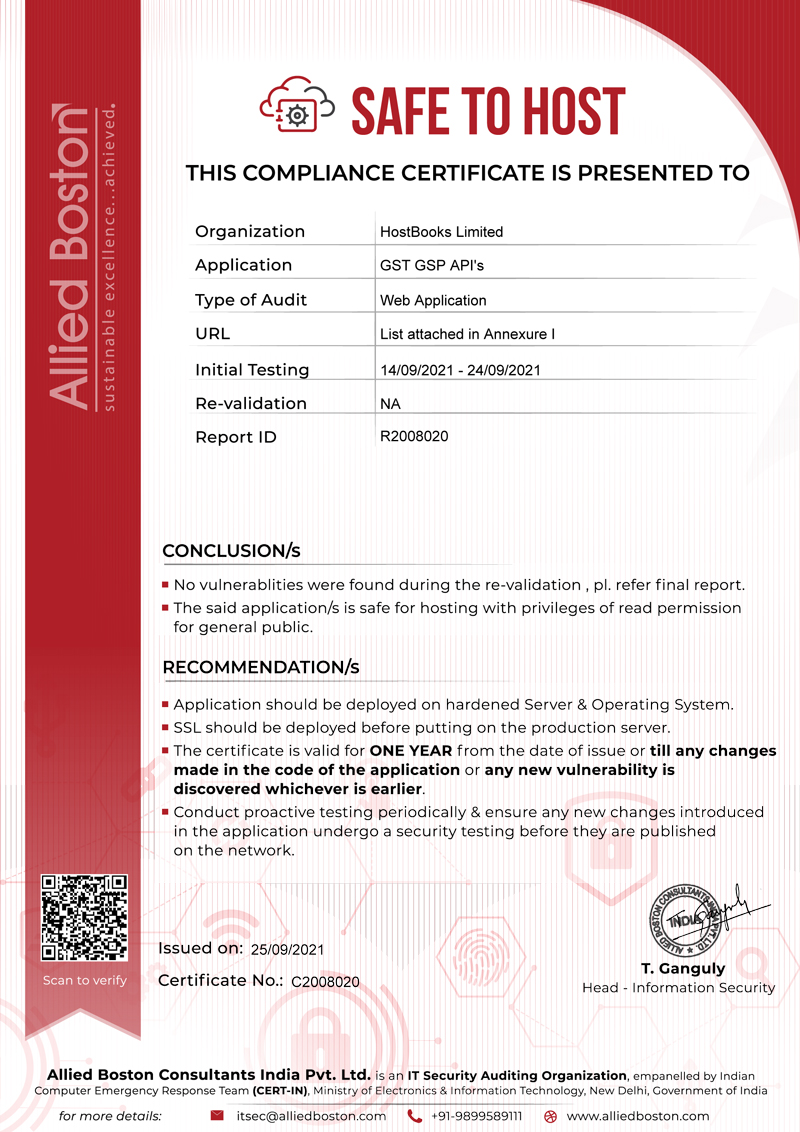Let's Get Started
What is GST?
Goods and Services Tax (GST) is an indirect tax that was rolled out on July 1, 2017. It is levied on the supply of goods and services across the country. It has brought about a uniformity in the indirect tax structure by replacing all the indirect taxes that existed in the pre-GST regime such as VAT, service tax, Excise duty, etc. Simply put, GST has incorporated the concept of "One nation One Tax."
Let's get started!Things to Consider while applying GST Online
Here are a few things you should know before you apply for GST registration online:
- Registration of any business entity under the GST Laws implies obtaining a unique number from the concerned tax authorities for the purpose of collecting tax on behalf of the government and to avail Input Tax Credit (ITC) for the taxes paid on his inward supplies.
- Without registration, a person can neither collect tax from his customers nor claim any credit of tax paid by him.
- The eligible entities must file GST application within 30 days from the date on which the entity became liable for registration under GST law.
- Even businesses which are not mandatorily required to register under GST can apply for Voluntary registration.
- Specific state for GST registration are Puducherry, Meghalaya, Mizoram, Tripura, Manipur, Sikkim, Nagaland, Arunachal Pradesh, and Uttarakhand. The applicability limit for specific states are different than that of normal state.
Types of GST Registration
There are 4 main types of Goods and Services Tax registration
- Normal Registration: This registration is required when the turnover of a business or person exceeds a specified limit.
- Mandatory Registration: In specific scenarios, some businesses are required to obtain compulsory registration under GST, regardless of their turnover.
- Voluntary Registration: Businesses that are not obligated to apply for compulsory registration can opt for voluntary registration under GST.
- Registration under Composition Scheme: If the aggregate turnover exceeds the prescribed threshold limit but remains below an specified upper limit, businesses can choose to register under the Composition Scheme. Under this scheme, taxpayers pay GST at a fixed rate based on turnover, with simplified compliance compared to normal registration.
GST Registration Limit (For Normal Registration)
People or companies are required to register under GST Act once they cross a specified turnover. The specified turnover limit of GST regulations depends on the nature of the business and the state of the business.
The Turnover limit for businesses selling Goods his higher than businesses providing services. Also, the turnover limit is lowered for some specified states.
| Nature of Business | Goods Seller | Service Provides |
|---|---|---|
| Turnover Limit in all other states | 40 Lakh per annum | 20 lakh per annum |
| Turnover Limit for specified states | 20 lakh per annum | 10 lakh per annum |
Mandatory registration under GST
Here are the key scenarios that require mandatory registration under GST, regardless of turnover
- Business that supplies of goods or services from one state to another (inter-state)
- Agents that make taxable supply on behalf of other.
- OIDAR Service Provider
- TDS Deductor
- Those paying tax under the reverse charge mechanism (RCM)
- Persons making any inter-State taxable supply
- Non-resident taxable persons making taxable supply
- Input Service Distributor
- Every electronic commerce operator
- Casual Taxable Persons
Penalty for GST Non- Registration
According to the section 122(1)(xi) of CGST Act, 2017 any taxable person who fails to register under GST even if he/she is legally bound as per the GST Act needs to pay the following amount of penalty:
- As per section 122(2) (a) for any reason, other than the reason of fraud or any willful misstatement or suppression of facts to evade tax, shall be liable to a penalty of ten thousand rupees or 10 % of total tax due from such person, whichever is higher;
Otherwise,
- As per section 122(2) (b) is 10,000 INR or amount of tax evaded whichever is higher.
Reference:
https://icmai.in/TaxationPortal/upload/IDT/Article_GST/210.pdfGST Registration Document Required
Here are the list of document requirement for GST registration:
- PAN card of business
- Proof of business registration or incorporation certificate
- Identity and Address proof of Promoters/Director with photographs Photographs and address proof of persons in charge
- The business' address proof
- Bank account statements/cancelled cheque
- Aadhaar card (if applicable)
- Digital Signature
- Letter of Authorization/Board Resolution for Authorized Signature
GST Registration Process Step By step Guide
The GST Registration Process is carried out in two phases - First Creating a GST Login and the second filling in details.
Step 1: Creating Login for GST Registration
- Visit the GST portal of India (https://www.gst.gov.in/).
- Select "Services" tab located on the main menu.
- From the drop-down menu, select "Registration" and then click on "New Registration."
- On the next page, select "Tax payer" as the type
- Fill in your PAN email address, and mobile number.
- Click on "Proceed" to receive an OTP (One-Time Password) on your registered email address and mobile number for verification.
- Enter the OTP received and click on "Continue."
- You will be redirected to the Temporary Reference Number (TRN) page.
- Make a note of the TRN as it will be required for the next step of the registration process.
Now that you have created a login by completing the first phase, you can proceed to the second phase of filling in the details.
Step 2: Filling in Details for GST Registration
- Return to the GST portal (https://www.gst.gov.in/)and click on the "Services" tab.
- Select "Registration" from the drop-down menu and click on "New Registration."
- Choose the "Temporary Reference Number (TRN)" option.
- Enter the TRN and the captcha, and then click on "Proceed."
- You will be redirected to the GST registration form.
- Fill in the details in the form, such as:
- Business details: Legal name, trade name, PAN, and date of commencement of business.
- Promoter/Proprietor/Partner/Director details: Name, address, contact information, and identification documents.
- Authorized signatory details: Name, address, contact information, and identification documents.
- Principal place of business address: Details of the business location, such as the address, contact information, and proof of address.
- Additional place of business: If applicable, provide details of additional business locations.
- Goods and services details: Select the appropriate goods and services from the provided list.
- Bank account details: Provide the bank account number, branch details, and IFSC code.
- Upload the documents as per the specifications mentioned on the portal, including proof of business constitution, address proof, identity proof of the promoter/partner/director/proprietor, and authorized signatory.
- Review the filled-in form and documents and click on "Save and Continue."
- The portal will prompt you to fill in additional information if any mandatory fields are left blank or if there are any errors in the form.
- Once all the details and documents are correctly filled, submit the application.
- After submission, an Application Reference Number (ARN) will be generated and sent to your mobile number and email address.
- The application will be verified by the GST authorities, and if everything is right, a Certificate of Registration along with the Goods and Services Tax Identification Number (GSTIN) will be issued to you.
Remember to regularly check your email and the GST portal for any updates or communications regarding your GST registration application.
FAQ Section
Try HostBooks
SuperApp Today
Create a free account to get access and start
creating something amazing right now!







